As the world of interior design evolves, historical paint colors are making a significant resurgence.
These colors, once a staple in various eras, are now being revisited by designers and homeowners alike, offering a nostalgic yet contemporary charm to modern spaces.
Explore these 10 colors that are redefining interiors with their timeless appeal and versatility.
1. Colonial Blue
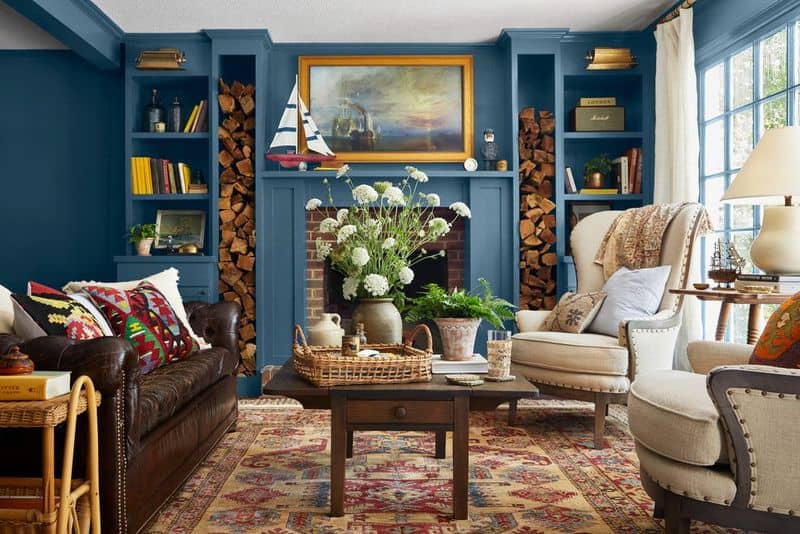
Colonial Blue, with its deep, rich hue, evokes the grandeur of early American architecture. This shade recalls the stately elegance of colonial homes, where blue was often used to signify wealth and status.
In modern times, Colonial Blue lends a sense of calm and sophistication, making it an ideal choice for bedrooms or living areas.
It’s a color that harmonizes well with both traditional and contemporary furnishings, offering versatility across different styles.
Blue was one of the most expensive colors to produce in the past, adding to its allure and exclusivity.
2. Victorian Lavender

Victorian Lavender graces interiors with its soft, romantic hue, a favorite of the Victorian era. It was often seen in boudoirs and parlors, complementing the elaborate decor of the time.
This gentle shade brings a sense of tranquility and nostalgia, perfect for creating serene spaces. Paired with white or cream accents, Victorian Lavender can transform any room into a haven of peace.
Interestingly, during the Victorian period, lavender was also associated with cleanliness and purity, often used in soaps and sachets.
3. Renaissance Red
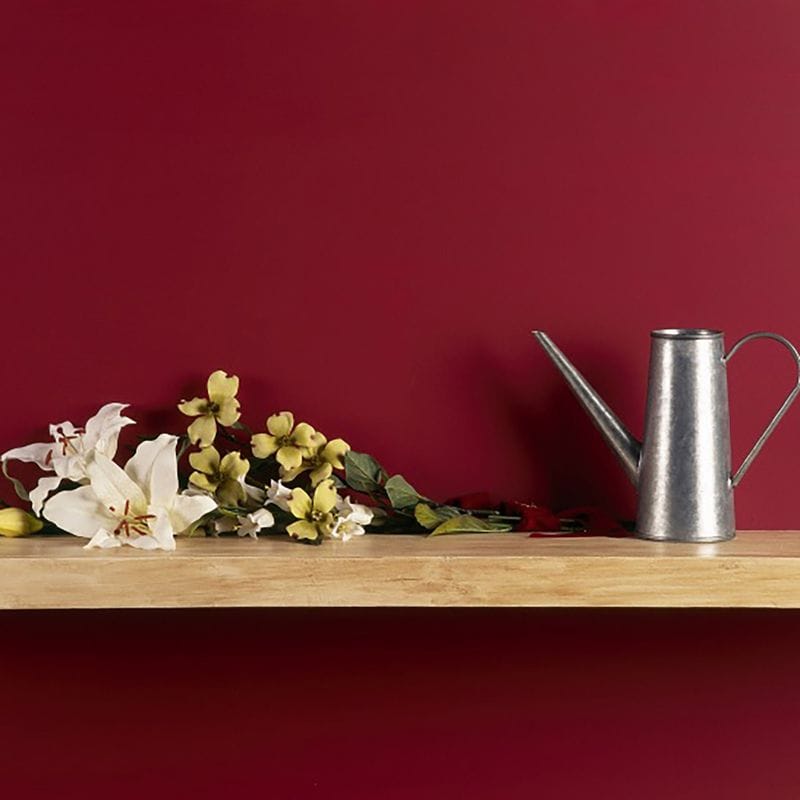
Renaissance Red embodies the opulence of Italian palaces, where this striking color was a symbol of wealth and power. The deep, vibrant hue adds warmth and drama to any space.
Today, Renaissance Red can make a bold statement in dining rooms or studies, where it can evoke a sense of grandeur and creativity. It pairs beautifully with gold accents or dark wood.
During the Renaissance, red dye was made from cochineal insects, which were highly prized and valuable, reflecting the status of those who could afford it.
4. Art Deco Emerald
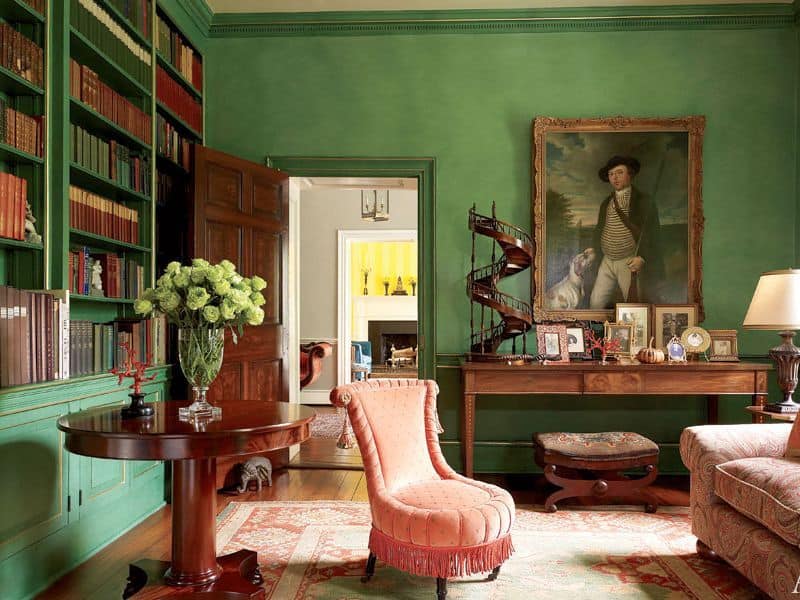
Art Deco Emerald dazzles with its luxurious, deep green hue, reminiscent of the glamorous 1920s. This color captures the boldness and innovation of the Art Deco movement.
Emerald green adds a touch of opulence to any room, particularly effective in living rooms or kitchens, where vibrancy is desired.
Its richness pairs well with metallics and geometric patterns, enhancing the Art Deco aesthetic.
Emerald green was a favorite among fashion designers in the 1920s, symbolizing elegance and modernity.
5. Gothic Gray
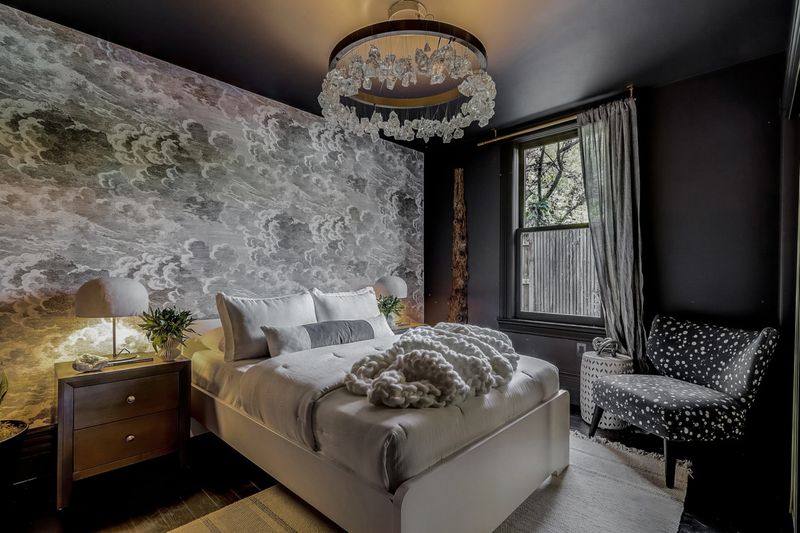
Gothic Gray, a color that echoes the mysterious allure of medieval castles, is making a striking return. This moody, sophisticated shade adds depth and intrigue to modern interiors.
Perfect for creating a dramatic atmosphere in dining rooms or studies, Gothic Gray can be paired with rich textures like velvet or leather for added luxury
Its neutrality allows it to blend seamlessly with a range of colors.
In the Middle Ages, gray was often used in tapestries and garments, appreciated for its understated elegance.
6. Baroque Gold
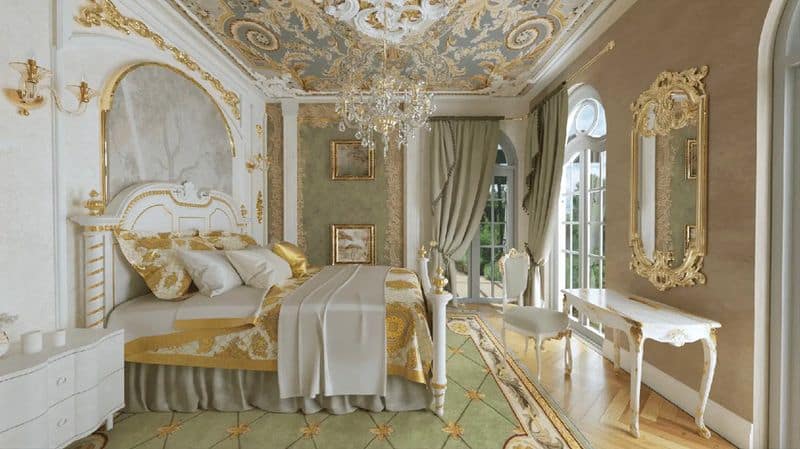
Baroque Gold exudes the grandeur and extravagance of the Baroque period, where opulence was key. This rich, golden hue can transform any space into a palatial retreat.
In contemporary settings, Baroque Gold brings warmth and a touch of luxury, particularly in living rooms or foyers. It pairs exquisitely with deep reds or purples for a regal effect.
Historically, gold was associated with divine presence and royalty, often used in churches and palaces to symbolize wealth and power.
7. Rococo Rose
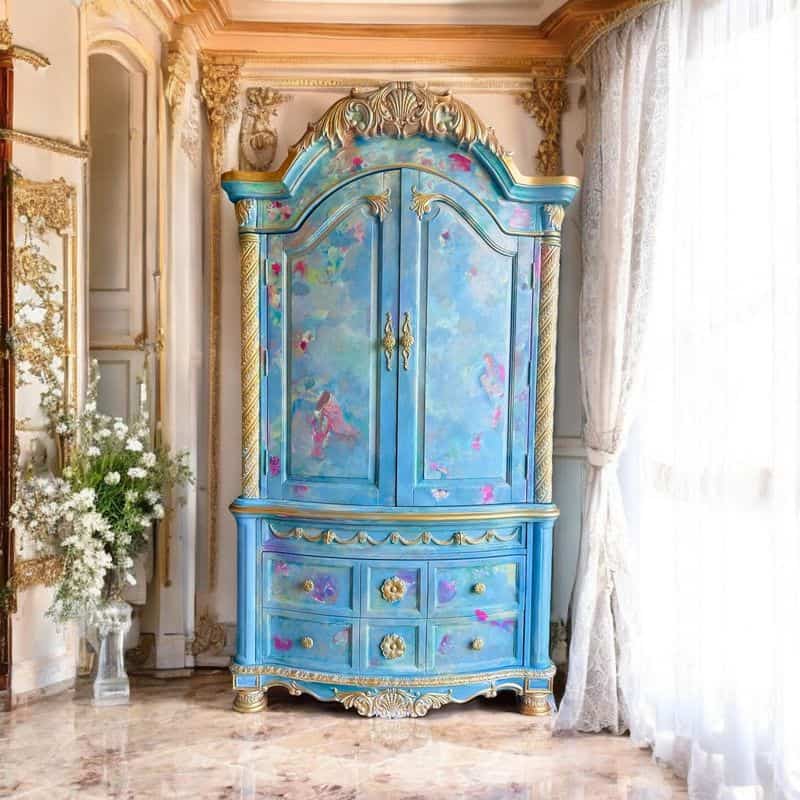
Rococo Rose, with its soft pink hue, captures the playful elegance of the Rococo period. This color was popular in French salons, known for their light, airy decor and intricate details.
Rococo Rose is ideal for adding a touch of whimsy to bedrooms or bathrooms, where it can create a soothing and inviting atmosphere. It works well with pastels and light woods.
The Rococo style emerged as a reaction against the formal grandeur of Baroque, emphasizing asymmetry and natural motifs.
8. Tudor Brown

Tudor Brown offers a nod to the rustic charm of Tudor architecture, often seen in the half-timbered houses of the period. This warm, earthy shade evokes a sense of coziness and tradition.
In modern homes, Tudor Brown can add richness and depth to kitchens or libraries, complementing natural materials like stone or wood. It’s a versatile color that can anchor a room without overwhelming it.
Tudor homes often used local materials and colors, resulting in a harmonious blend with their natural surroundings.
9. Neoclassical White

Neoclassical White embodies the refined elegance of the neoclassical era, where simplicity and symmetry were celebrated. This crisp, clean color remains a timeless choice for modern interiors.
Ideal for creating a sense of space and light, Neoclassical White works beautifully in living rooms or foyers. It serves as a perfect backdrop for colorful art or bold furnishings.
Historically, white was associated with purity and enlightenment, a reflection of the intellectual movements of the time, including the Enlightenment.
10. Regency Green

Regency Green, a subtle, muted shade, harks back to the elegance of the Regency period. This color was favored in drawing rooms and libraries, where it complemented the classic decor of the time.
In contemporary settings, Regency Green offers a fresh yet sophisticated look, perfect for bedrooms or home offices. It pairs beautifully with white trim and antique furnishings.
The Regency era was characterized by a return to classical ideals, including harmonious color palettes and refined aesthetics.

